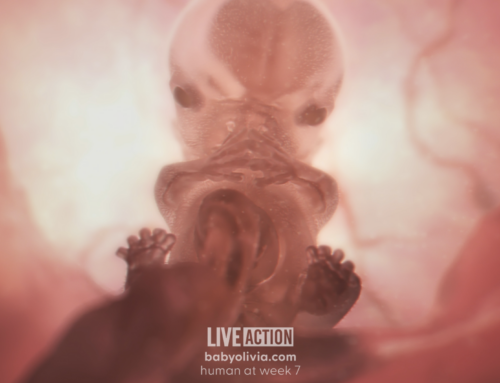Negotiations went down to the wire at the United Nations during the Commission on the Status of Women (CSW) proceedings in March, as delegations struggled to come to consensus on the final outcome document. Despite assurances from delegations such as that from the E.U., the issue of prenatal sex-selection was largely ignored within the final text.
The theme for this year’s CSW was “The Elimination of All Forms of Discrimination and Violence Against the Girl Child.” The United States had launched an initiative to highlight the problems of sex-selected abortion and female infanticide, a horrific form of violence and discrimination against baby girls that has long been underreported, even though it has been mentioned in several UN documents since the mid-1990s.
Although the resolution received wide support from non-government organizations on either side of the political spectrum and from many delegations, the U.S. chose to withdraw its proposed stand-alone resolution on the elimination of prenatal sex-selection and female infanticide due to pressure and political maneuvering on the part of several delegations, including Canada, the E.U., India, and China, amongst others. Some pro-life NGOs were concerned that typically pro-life delegations did not support the U.S. effort.
The U.S. withdrew the stand-alone resolution on the understanding that the issue would be addressed in the final conference document, called the Agreed Conclusions. Instead of the stand-alone resolution, the U.S. submitted four paragraphs to be inserted into the draft Agreed Conclusions. The paragraphs simply called on states to collect data on prenatal sex selection and female infanticide and to develop information and awareness campaigns to reinforce the “intrinsic value of girls to their families and societies.”
Much to the surprise of delegates, on the final morning of the CSW, the chairman of negotiations on the Agreed Conclusions, Tom Woodroffe of the United Kingdom, had cut the draft text in half and omitted the U.S. proposed paragraphs on prenatal sex selection. In the final version of the Agreed Conclusions, only one reference to prenatal sex-selection appears.
The Holy See released a statement after the U.S. withdrew the resolution, stating that, “The dignity and worth of the girl child will not be more fully addressed, however, unless the commission also addresses the important issues of prenatal sex selection, infanticide and son preference. These specific items must be included in the Agreed Conclusions and must be supported in the resolutions that will be adopted at the 51st Session of the CSW … The time has come for the Commission on the Status of Women to break the silence on these important issues.”
While prenatal sex-selection is only mentioned once in the Agreed Conclusions, the term “sexual and reproductive health” appears three times. Previous drafts of the Agreed Conclusions at times contained as many as eight references to “sexual and reproductive health.” Last December, the term “sexual and reproductive health” was included in a binding UN document for the first time. At that time, 15 nations made statements in the General Assembly reiterating their understanding that the inclusion of this term did not construe any new human rights such as a so-called right to abortion.
During the CSW, many delegations worked diligently to remove the numerous references to “sexual and reproductive health” in the Agreed Conclusions, demonstrating that this term is still mired in controversy. While delegations have declared that abortion should not be interpreted as part of “sexual and reproductive health,” treaty compliance committees, as well as radical NGOs, still misinterpret the term to be abortion-inclusive.
At the close of the conference, Ambassador Patricia Brister delivered the U.S. explanation of her country’s position. Commenting on the politicized nature of negotiations and the resistance of some delegations to address prenatal sex-selection, she declared, “The United States is dismayed to see that much of the language in the Agreed Conclusions is more attentive to the political preoccupations of international conference goers than to the needs of women and particularly, of girls. For instance, the document mentions ‘sexual and reproductive health’ several times and life-saving immunizations only once. Some delegations insisted that the document could not contain an explicit reference to the violent and discriminatory practice of aborting unborn baby girls for the sole reason that they are girls – and yet they insisted on multiple references to programs and activities to help girls ‘understand their sexuality.’”
Brister also noted that the document contains references to “foreign occupation” and other issues that have more to do with power politics than with girl children. It lends itself to the impression that the CSW is in danger of becoming a highly politicized body, more concerned with preserving its ideological orthodoxy than in solving real problems facing real women and girls today. However, we are happy that the document condemns female infanticide and ‘harmful practices of prenatal sex selection,’ which is universally understood to include sex-selective abortion, even if some delegations insisted that this practice not be called by its real name.”
Samantha Singson is the director of government relations at the Catholic Family and Human Rights Institute. A version of this article appeared as C-FAM’s March 16 Friday Fax.




